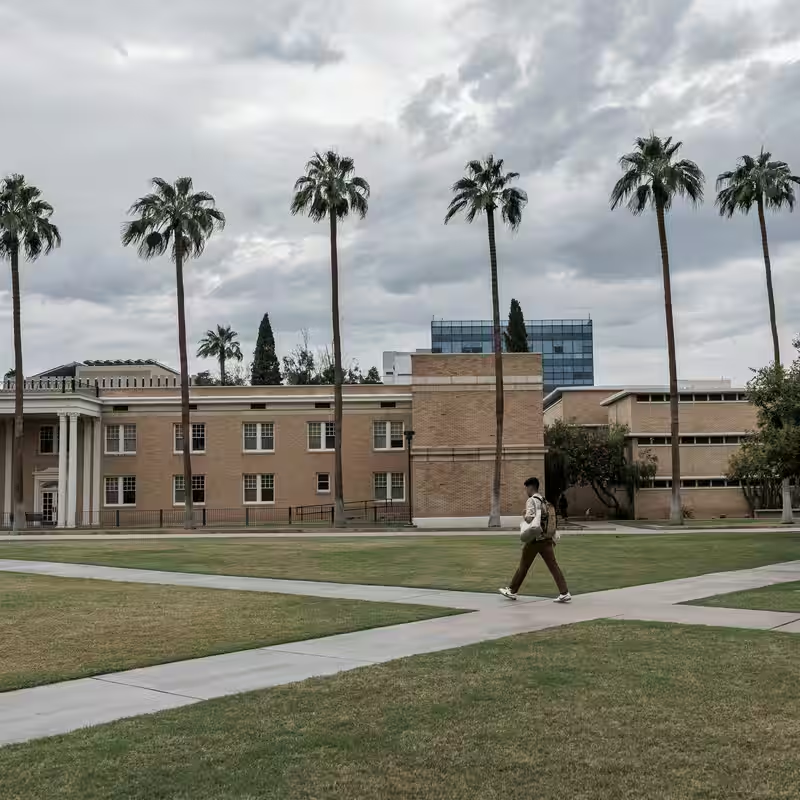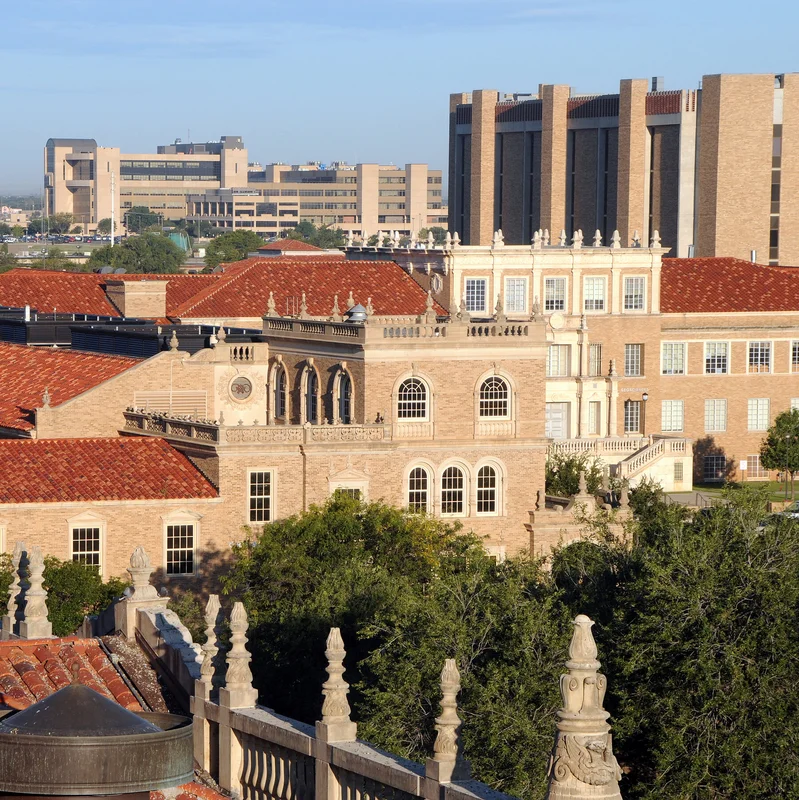Table of Contents
- White House Pivots After Elite School Backlash
- Aggressive Tactics That Backfired
- New Allies in Red States and Faith-Based Campuses
- Student Debt and the Political Tightrope
- What This Means for Higher Ed Policy
- Sources
Trump’s Education Agenda Stumbles After Elite College Fallout
The Trump administration’s latest push to reshape American higher education has hit a major roadblock—not from Congress, but from the very institutions it once hoped to influence. After a series of confrontational moves targeting Ivy League and other elite universities, the White House has been forced to recalibrate, turning instead to conservative-leaning colleges, religious institutions, and state schools in Republican strongholds.
This strategic pivot comes as the administration’s education agenda faces growing resistance from academic leaders, legal experts, and even some donors who once supported its deregulatory stance.
Aggressive Tactics That Backfired
According to a New York Times report published October 18, 2025, the Department of Education under Secretary Linda McMahon launched a campaign this summer demanding that top universities revise their diversity, equity, and inclusion (DEI) policies or risk losing federal research grants and student aid eligibility.
The ultimatum—delivered via unannounced audits and compliance letters—was met with swift legal pushback. Harvard, Stanford, and the University of Chicago filed a joint lawsuit, calling the actions “administrative overreach” and “politically motivated coercion.”
“They didn’t just ask for changes—they threatened financial ruin,” said Dr. Elena Ruiz, a higher education policy analyst at Georgetown. “That alienated even moderate administrators who might have been open to dialogue.”
New Allies in Red States and Faith-Based Campuses
With elite institutions now firmly in opposition, the White House has shifted focus. Over the past six weeks, Education Department officials have held closed-door meetings with leaders from Liberty University, Brigham Young University, and several public universities in Texas, Florida, and Oklahoma.
These schools, many of which already align with the administration’s stance on free speech, campus discipline, and curriculum content, are being offered fast-tracked grant approvals and pilot programs in “patriotic education” and vocational training.
“We’re not trying to control Harvard,” a senior White House aide told reporters off the record. “We’re building a new coalition of schools that actually share American values.”
Student Debt and the Political Tightrope
Complicating matters further is the administration’s contradictory messaging on student loans. While Trump campaigned on “canceling all student debt,” his current policy freezes new forgiveness applications and pushes income-driven repayment plans that critics say burden low-income graduates.
This inconsistency has muddled the education agenda, leaving even potential allies uncertain about long-term commitments. Community college leaders, who initially welcomed federal investment in workforce programs, now worry about ideological litmus tests attached to funding.
What This Means for Higher Ed Policy
Experts warn that the administration’s combative approach could deepen the urban-rural and ideological divides in American education. “We’re heading toward a two-tier system,” said Mark Chen, a former DOE official. “One for elite, globally connected universities—and another for ideologically compliant institutions.”
As the 2026 midterms approach, the success—or failure—of this realigned education agenda may hinge not on policy details, but on whether the White House can turn symbolic wins into tangible outcomes for students and families.




